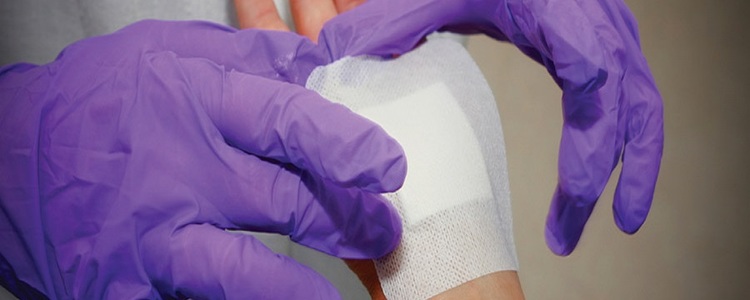Advancements in medical technology can revolutionize how consumers track their health and how doctors monitor patients’ ailments. A crucial yet often overlooked component of these technological breakthroughs is pressure-sensitive adhesives (PSAs). Adhesives, liners and films are a relatively inexpensive component of medical devices and wearable technology that are often disregarded in the product development process. However, their selection can have big consequences in terms of the success of a product. A product that falls off or hurts to remove can negatively impact users’ perception of an entire brand. Challenges in Skin Adhesion Skin is perhaps the most difficult substrate to adhere to; the adhesive must potentially deal with sweat, water, oil, dirt, cleaning products, lotion, and makeup on top of the skin cells to which it is applied. In addition to these challenges, consider that the cells the adhesive is adhering to are part of a living system that is constantly changing. The skin cells that are no longer useful detach from the skin; once enough cells detach from the body, the adhesive application will also detach. It is important to note that while this might look like adhesive failure, it is not. The adhesive is still adhering to skin cells; however, those skin cells are no longer anchored to the body. This natural shedding process of the body imposes a time limit on how long an application can stay on before the cells it is adhering to are shed (typically a maximum of 3-4 weeks). On top of all that, there is the practical consideration of removing the product before the skin cells complete their natural lifecycle. Consumers want a gentle, “no-ouch” removal. Nobody wants to use a product that recalls the terrors of their youth in removing a bandage.
